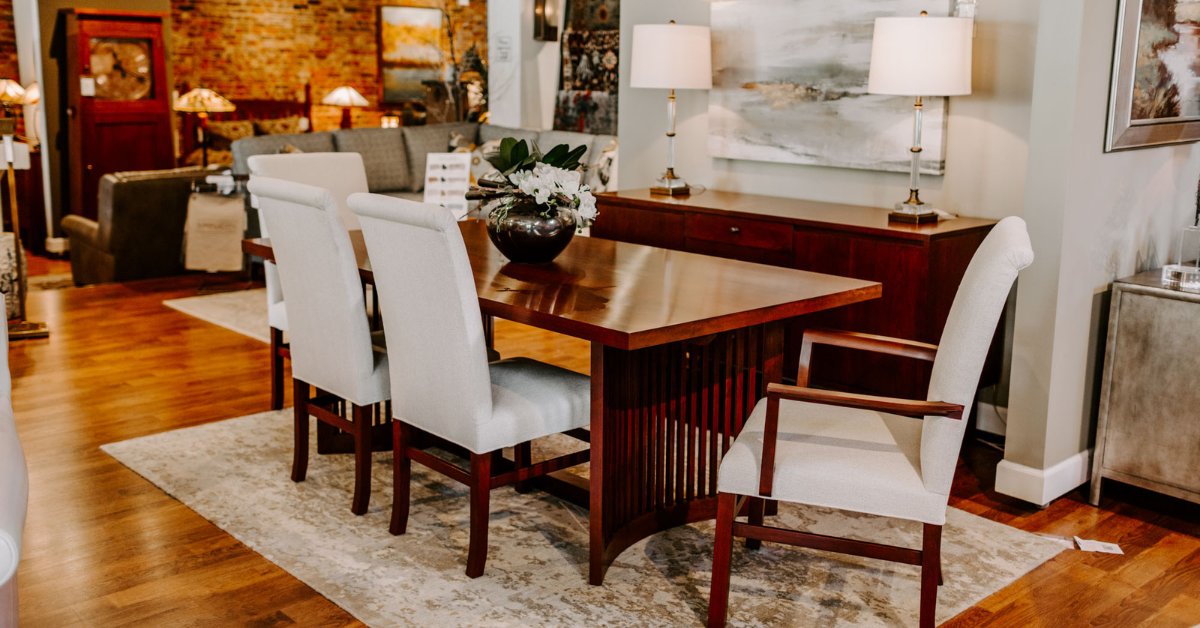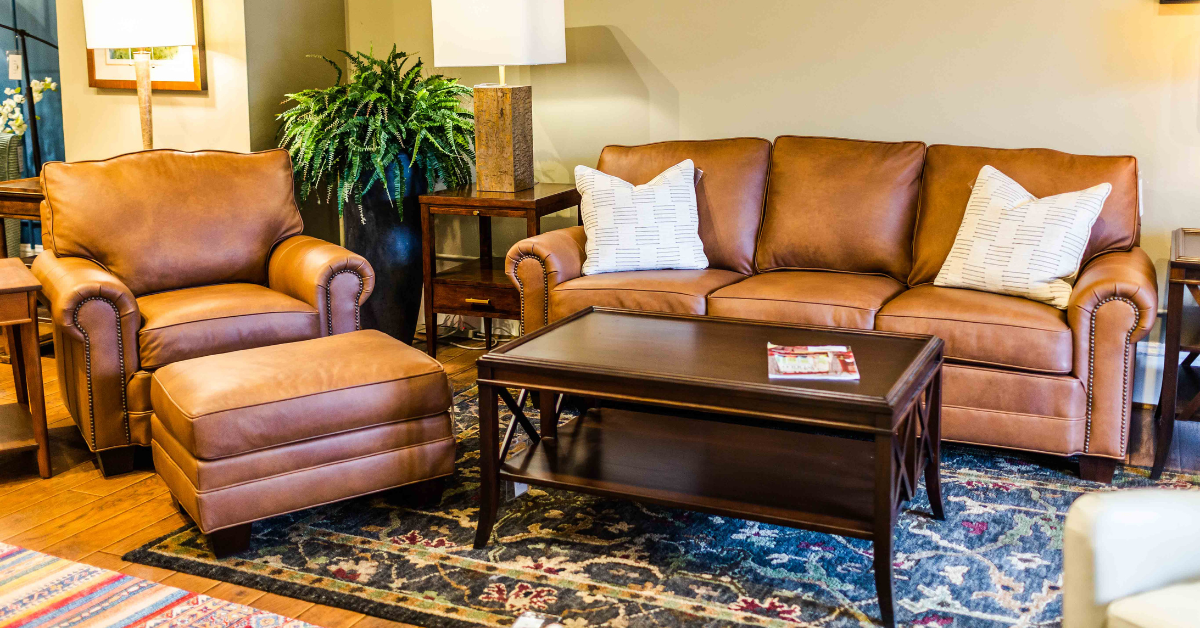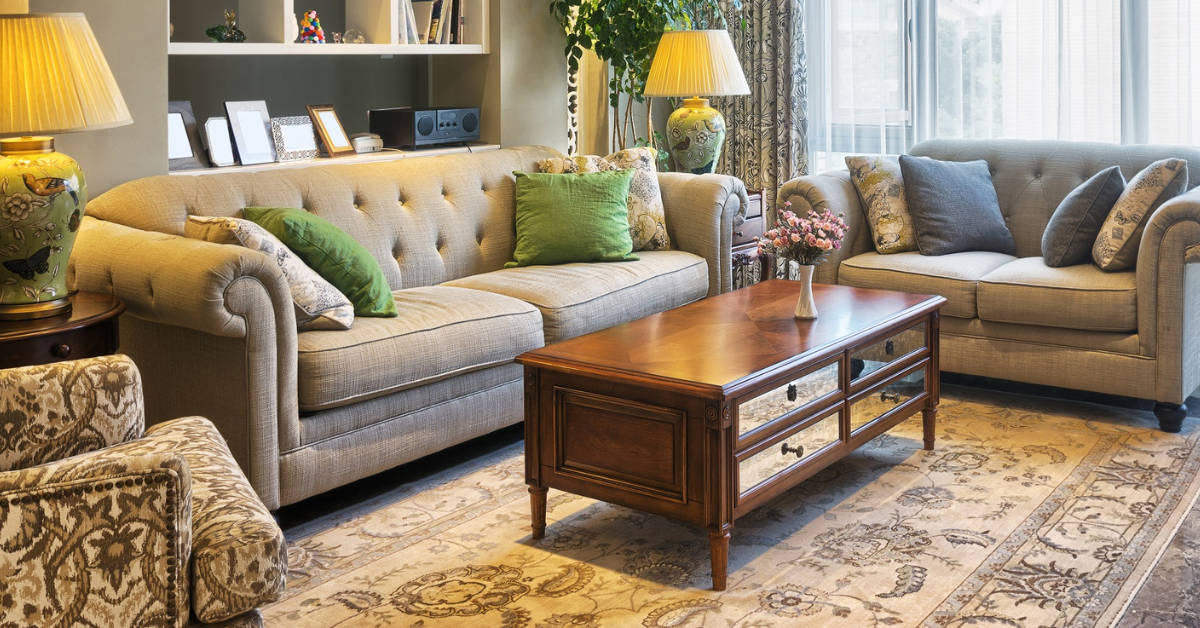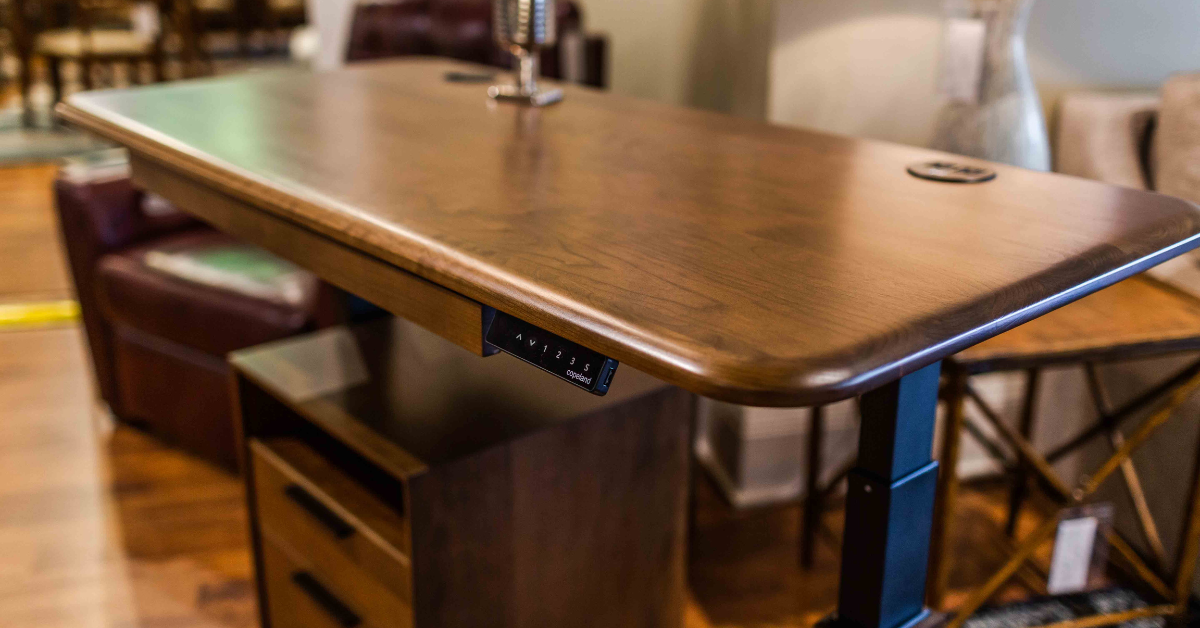Solid wood furniture is known for its beauty and durability, but even well-crafted pieces need the proper care to stand the test of time.
Whether you have inherited solid wood furniture from a previous generation, or you’ve purchased a new piece, we are here to help you take care of your furniture. Here are some practical tips for caring for your solid wood furnishings.
Follow the manufacturer’s cleaning guide for the pieces you own. Not every piece of solid wood furniture requires the same cleaning methods.
Solid wood is a lot like our skin — different types need different methods of care. Your furniture’s stain or paint finish will determine what type of cleaning routine is needed. When determining the best way to clean your piece, we advise that you consult directly with the manufacturer, as they will know exactly what care is needed for each of their finishes.
If you cannot determine who manufactured your furniture (or if the manufacturer no longer exists), we recommend consulting with a local furniture restoration professional. When you make a purchase here at Reid’s Fine Furnishings, we stay in close communication with our manufacturers to provide you all the necessary care instructions — so you don’t have to go on a wild chase looking for the information you need!
Use coasters, placemats, and tablecloths to protect furniture from stains and scratches.
We believe that furniture should be tough enough to withstand regular use — that is why we focus on carrying solid wood, American-made furniture in our store. While solid wood pieces are strong, there are still a few practices that will help keep them beautiful for generations to come.
First, be sure to keep dishes and glasses off the bare wood surface. Wood is susceptible to scratching and water stains if tableware is placed directly on it. Hot dishes of food can also harm your furniture’s finish. As a general rule, if something is too hot to touch your skin, it is too hot for your furniture’s surface. Simply using tablecloths, placemats, and coasters will protect your furniture from this kind of every-day wear.
Seek help if repairs are ever needed. A skilled professional will be able to preserve the integrity of the piece.
We live in a DIY age, but some things are best left to the professionals! If your furniture has cracks, missing pieces, or other major damages, do NOT try to fix the piece on your own. Repairing solid wood is one of those tasks that should only be performed by someone who is skilled in furniture care and restoration.
If you attempt to fix fine furniture yourself, you run the risk of doing further damage to the piece. If you live in the Roanoke area and ever need furniture repair services, we are happy to provide references for professionals that we trust to do the job right.
We hope these simple tips help you to take care of your solid wood furniture. If you ever have questions regarding furniture care, we are happy to help — we pride ourselves on being fine furniture experts! Give us a call or visit our Roanoke showroom today.



